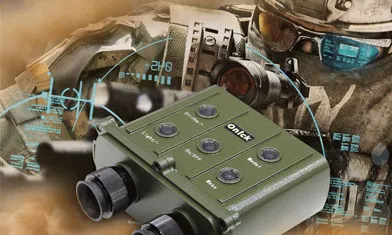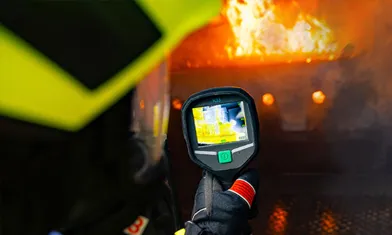How To Choose A Handheld Thermal Imager
When choosing a handheld thermal imager, resolution, thermal sensitivity, and temperature measurement range are key parameters. The brand's technical background determines stability, and budget and functionality must be precisely matched. Domestic manufacturers like Onick Optics leverage their proprietary infrared chip technology to provide cost-effective, professional equipment.
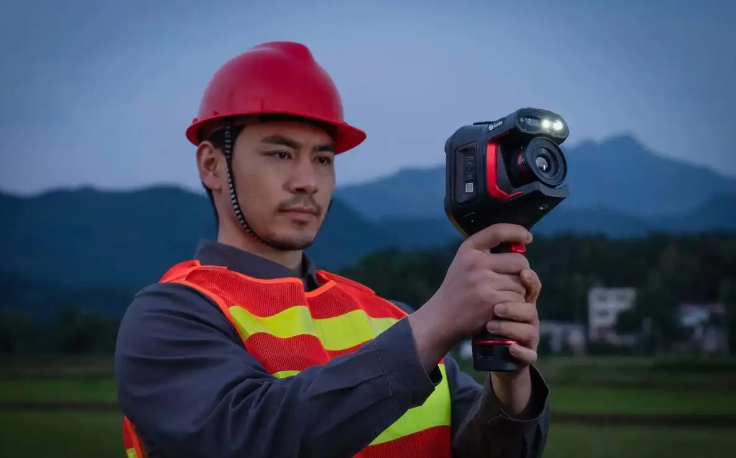
A handheld thermal imager uses infrared thermal imaging technology to detect surface temperature distribution and is suitable for a variety of scenarios. When choosing a handheld thermal imager, consider performance, functionality, and actual needs. The following provides recommendations based on several key aspects.
1. Core Parameters
The performance of a handheld thermal imager is primarily determined by its resolution, thermal sensitivity, and temperature measurement range.
-Resolution: This is divided into detector resolution and display resolution. The higher the detector resolution, the clearer the image. Common entry-level products have a resolution of 160×120 or 240×180, while professional-grade products can reach 640×480. Display resolution affects the viewing experience.
-Thermal sensitivity: This indicates the temperature difference the device can detect; lower values are better. For example, some Onick Optics products have a thermal sensitivity of up to 0.03°C, making them suitable for detecting subtle temperature differences.
-Temperature measurement range: This is determined based on the usage scenario. Industrial inspections may require a wide temperature range of -20°C to 1500°C, while building inspections typically only require -20°C to 250°C.
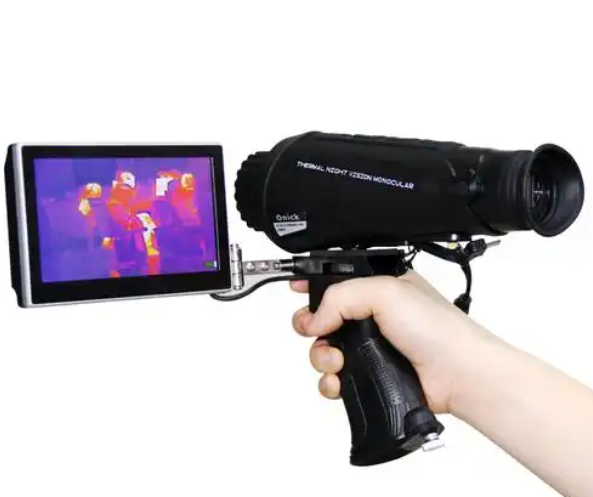
2. Functional Requirements
Functional requirements vary significantly across different application scenarios.
-Basic functions: Point temperature measurement, area temperature measurement, and high-temperature alarms are standard. Some models support real-time image analysis or temperature curve recording.
-Advanced functions: Multispectral Dynamic Imaging (MSX), for example, can overlay visible light images for enhanced detail; some products support wireless data transmission to a computer or the cloud.
-Environmental adaptability: For outdoor use, consider the protection level (such as IP54 dust and water resistance) and battery life.
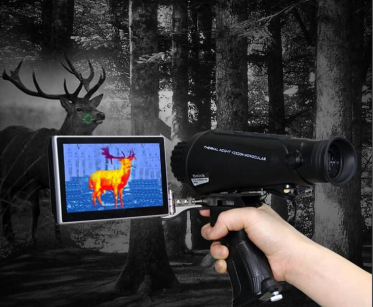
3. Brand and Technical Background
Choosing a brand with extensive technical expertise ensures device stability and after-sales service. For example, Onick Optics' independent infrared chip research and development capabilities give its handheld thermal imagers advantages in cost control and mass production. Their products are widely used in power inspections, industrial inspections, and other fields.
4. Budget and Value
Handheld thermal imager prices range from a few thousand yuan to tens of thousands of yuan. - Entry-level (3,000-8,000 RMB): Suitable for home use or simple industrial testing, with relatively basic functionality.
- Mid-to-high-end (10,000-30,000 RMB): Offers higher resolution and analysis capabilities, suitable for professional use.
- Flagship (over 30,000 RMB): Mostly customized industrial models, supporting complex data analysis.
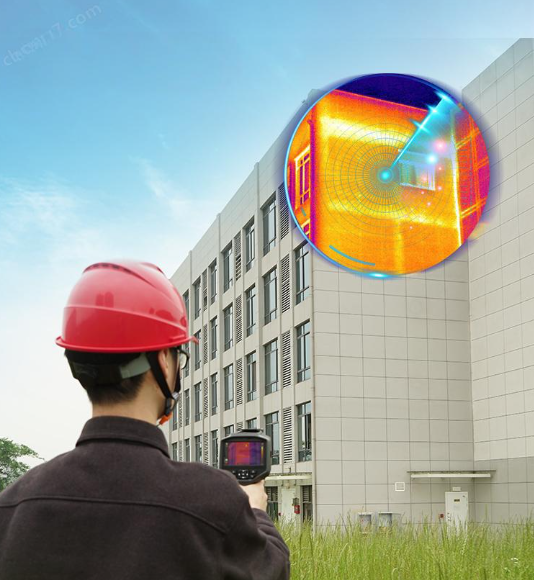
5. User Experience
- Human-computer interaction: Is the menu design intuitive and the button layout reasonable?
- Weight and portability: Consider the weight of the device for prolonged handholding; some models weigh less than 500 grams.
- Software support: Whether the supporting software meets data export and analysis needs.
6. After-sales service
Confirm the warranty period (usually 18 months), repair response time, and whether calibration services are available. Some brands have multiple repair locations nationwide, which can shorten maintenance cycles.
Key points for purchasing:
1. Select resolution, thermal sensitivity, and temperature range based on your needs.
2. Prioritize brands with mature technology, such as those with independent infrared chip development capabilities.
3. Balance budget and functionality to avoid paying extra for unnecessary features.


